How to Manage Negative Social Media Comments: Turning Critics into Advocates
Negative comments on social media can feel like a punch to the gut, but ignoring or deleting them can do more harm than good. According to Sprout Social, 88% of consumers are less likely to buy from brands that leave complaints unanswered.
Conversely, being thoughtful and timely in your responses can build customer loyalty and even potentially turn critics into advocates. The Harvard Business Review states that you would need around 40 positive comments to offset just one negative comment, which is a good sign of the value of strategic engagement.
If you’re also noticing a drop in post engagement, check out “Why Your Instagram Posts Aren’t Performing Well (And How to Fix It)” for practical tips to boost your reach.
Here’s a step-by-step guide to managing negative social media comments effectively, with practical tips and examples to protect your brand’s reputation.
1. Don’t Delete Negative Comments (Unless They’re Offensive or Spam)
Let’s start with the most tempting—but often most damaging—reaction: deleting negative feedback.
When you delete a legitimate complaint, you are showing your audience you are trying to ignore criticism, which can turn a minor issue into a PR crisis that goes viral. Instead of deleting comments, be open and direct in responding to legitimate complaints to show accountability.
Do This:
- Comments should only be hidden if they include foul language or are obviously spam.
- Openly respond to legitimate complaints, so people see you are listening.
Example: If a customer complains about a delayed response, respond with ‘Hi [Name], we’re sorry about the delay. Please message us your details so we can make this right.’
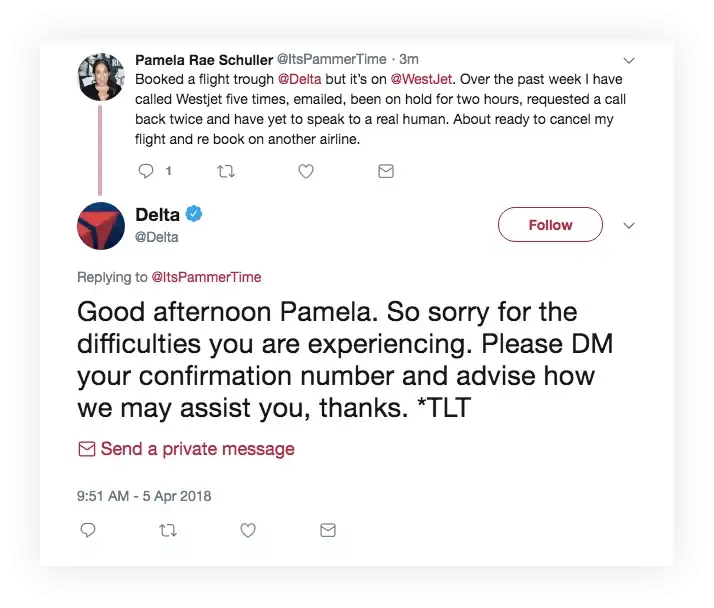
Letting the comment stand and responding appropriately sets the tone for how your brand handles criticism.
2. Respond Promptly, But Stay Professional
Once the comment is visible, your next step is to respond—fast and with composure.
Speed is critical—42% of consumers expect a response within 60 minutes, according to Social Media Today. A delayed reply can make your brand seem indifferent. However, avoid emotional or defensive responses, even when comments sting.
How to Respond:
- Acknowledge the issue.
- If it’s suitable, start by offering an apology. Then, give a clear response or outline the next steps.
Example:
The customer said, ‘This is the worst customer service I’ve ever encountered.’
The brand might respond: “Hi [Name], we’re genuinely sorry to hear that. Please send us a DM with your order number, and we’ll make sure to get this sorted out quickly.”
This approach boosts your brand’s credibility because it comes across as professional, proactive, and compassionate.

3. Take Complex Issues Offline
Not every issue can be solved in a comment thread—and some shouldn’t be.
Certain complaints, such as issues with personal information or matters that are emotionally charged, are best solved by taking it to a private conversation. This means that it is great to acknowledge it publicly, and then continue to discuss it via direct message or email.
Example: “Hi [name], we want to make this right for you! Please send us a DM with your account details so we can resolve this for you!”
This shows that we are responding effectively while avoiding the public airing of personal details.
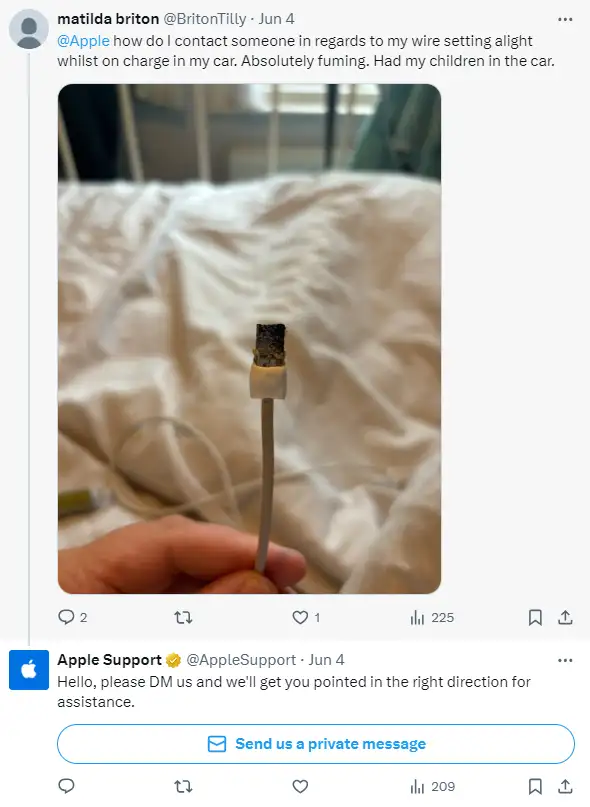
4. Develop a Clear Comment Management Policy
To ensure every team member responds the right way, your brand needs a game plan.
Staying consistent is especially important to maintain your brand voice. Establish internal guidelines for response consistency to cover the following:
- When to respond to comments.
- When to escalate complex matters.
- Appropriate tone and language.
- Where it is acceptable to hide or delete comments (spammers, harassment).
According to Genesys, brands that designate formal engagement protocols improve response times by 25% and customer satisfaction by 18%.
5. Don’t Feed the Trolls
After addressing genuine concerns, it’s time to draw a line between critics and trolls.
Not all negative comments require your attention. Trolls will invoke inflammatory remarks, personal attacks, or comments that are simply uninformed and uninterested in resolving anything. Identify trolls and deal with them accordingly:
- Hide or report comments that violate your community guidelines.
- Document interactions for reference.
- Invest your energy in legitimate feedback.
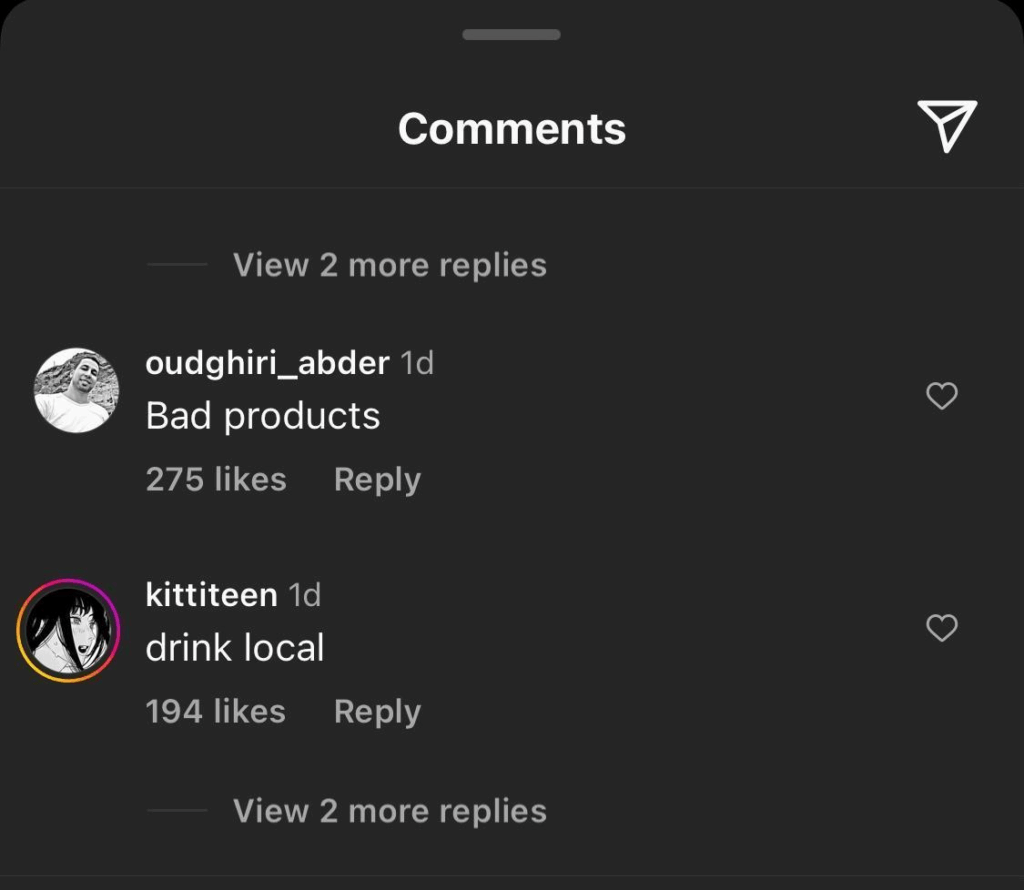
6. Use Negative Feedback as a Growth Opportunity
Even harsh feedback can be helpful—if you’re willing to learn from it.
Negative feedback often points out an opportunity for improvement, like a buggy app or confusing policies. Treat these negative comments as gems and rectify any patterns of complaints.
Example: If users mention a confusing website navigation experience, perform a UX audit and change the website accordingly. In your change response, publicly respond, “Based on your comments, we have changed our website for a more user-friendly experience.”

7. Thank Customers for Their Feedback
Recognizing feedback—good or bad—shows you value your audience.
The truth is, negative feedback is still feedback—it means the audience cared enough to share their experience. Thanking them shows that you are building trust and establishing a customer-centric culture.
Try This Phrase: “We appreciate your feedback—it helps us get better.”
Example: Nike often thanks users for raising concerns about products or campaigns, showing they value customer input.
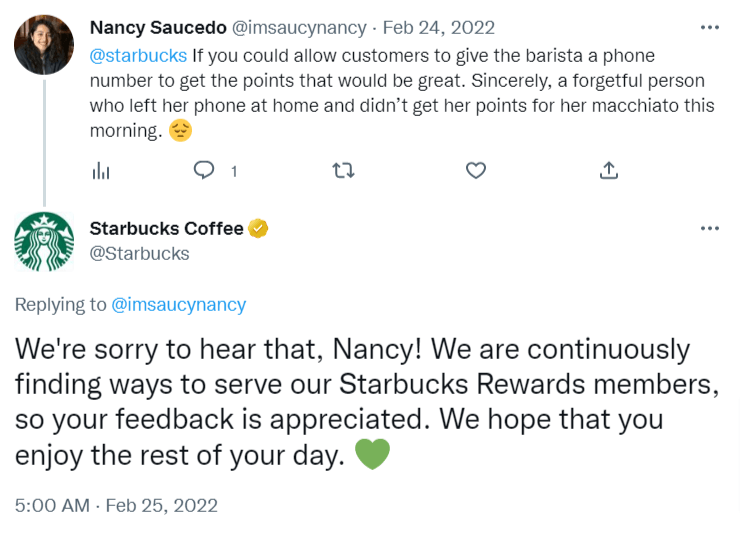
8. Personalize Your Responses
A human problem needs a human response.
When you just say “We’re sorry for the inconvenience,” it feels a bit robotic. Rather than using a generic response to your user, respond to them individually, use their name, and mention their specific problem.
Generic: “Thank you for your feedback!”
Better: “Hi Sarah, we’re really sorry about the shipping delay, and we understand how frustrating that is. We’ve escalated your order, and we will update you soon.”
Personalization is a way to diffuse the tension and show that you’re listening.
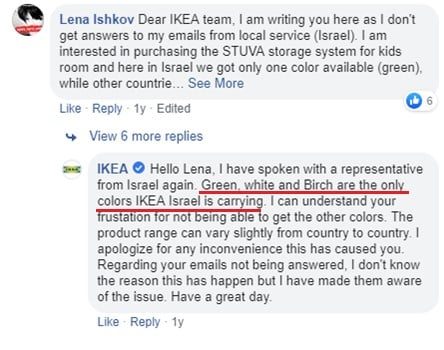
9. Always Offer a Clear Next Step
Acknowledging the issue is only half the battle—you also need to guide them forward.
General apologies don’t build trust. Own the issue and provide a clear next step, such as directing the customer to DM or email, or a support ticket.
Avoid: “Sorry to hear that.”
Instead: “We’re sorry for the inconvenience, [Name]! Please DM us your order info and we’ll get this sorted!”
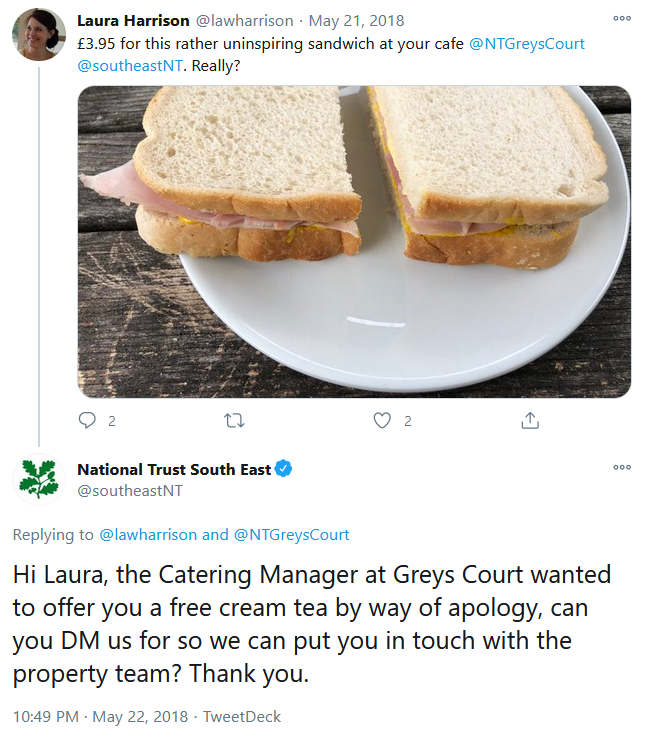
10. Monitor Your Brand Proactively
The best time to respond to a crisis is before it starts.
Don’t wait for notifications to catch some negative comments. Use social listening tools like Hootsuite or SocialPilot to catch live mentions of your brand when certain keywords are being used. Use your brand name plus keywords such as “scam”, “complaint,” or “issue” to catch problems before they escalate.
Pro Tip: Amazon’s social team responds to customer care inquiries, comments, and complaints within minutes, especially during high traffic, thereby continually gaining trust from their customers across a large volume of inbound inquiries.
11. Celebrate Positive Comments
While managing negativity, don’t overlook the love and support.
It is important to deal with negative commentary, but don’t forget about the positive! When you acknowledge and encourage positive comments, it builds a sense of goodwill and helps mitigate any negative feelings toward your organization.
Bright Local reports that 76% of consumers trust online reviews just as much as personal recommendations.
Example: Re-share a customer’s compliment with the comment, ‘Thanks for your support, [Name]! We’re glad you had a great experience.’

12. Train Your Social Media Team
People power your social media—equip them well.
Equip your team with:
- Brand voice guidelines.
- Conflict resolution training.
- Crisis escalation workflows.
A well-trained team can turn negative experiences into brand-building moments with consistent, professional responses.
13. Be Transparent During Crises
When things go wrong, silence isn’t golden—transparency is.
If your organization is encountering a significant problem, like a shipping delay or technical outage, take a step to address it on social media.
Example: “We’re experiencing more support requests than usual at this time. Thank you for your patience as we’re working to respond to everyone ASAP.”
This transparency helps reduce negative comments and take ownership of the situation.

Dealing with negative social media posts isn’t as scary as it looks. With a strategy that fits your brand, you can use negativity on social media to increase trust and loyalty.
Just remember to:
1. Remain calm and professional.
2. Respond consistently and quickly with personalized, action-oriented responses.
3. Learn from feedback to better your brand, and
4. Use positive engagement to manage the narrative.
By focusing on these key strategies, you’ll feel empowered to respond to negative comments and convert negative critics into influencers.
Looking for a broader strategy? Don’t miss our “Social Media Marketing (SMM): A Complete Guide for 2025” to build a stronger foundation for brand engagement.



